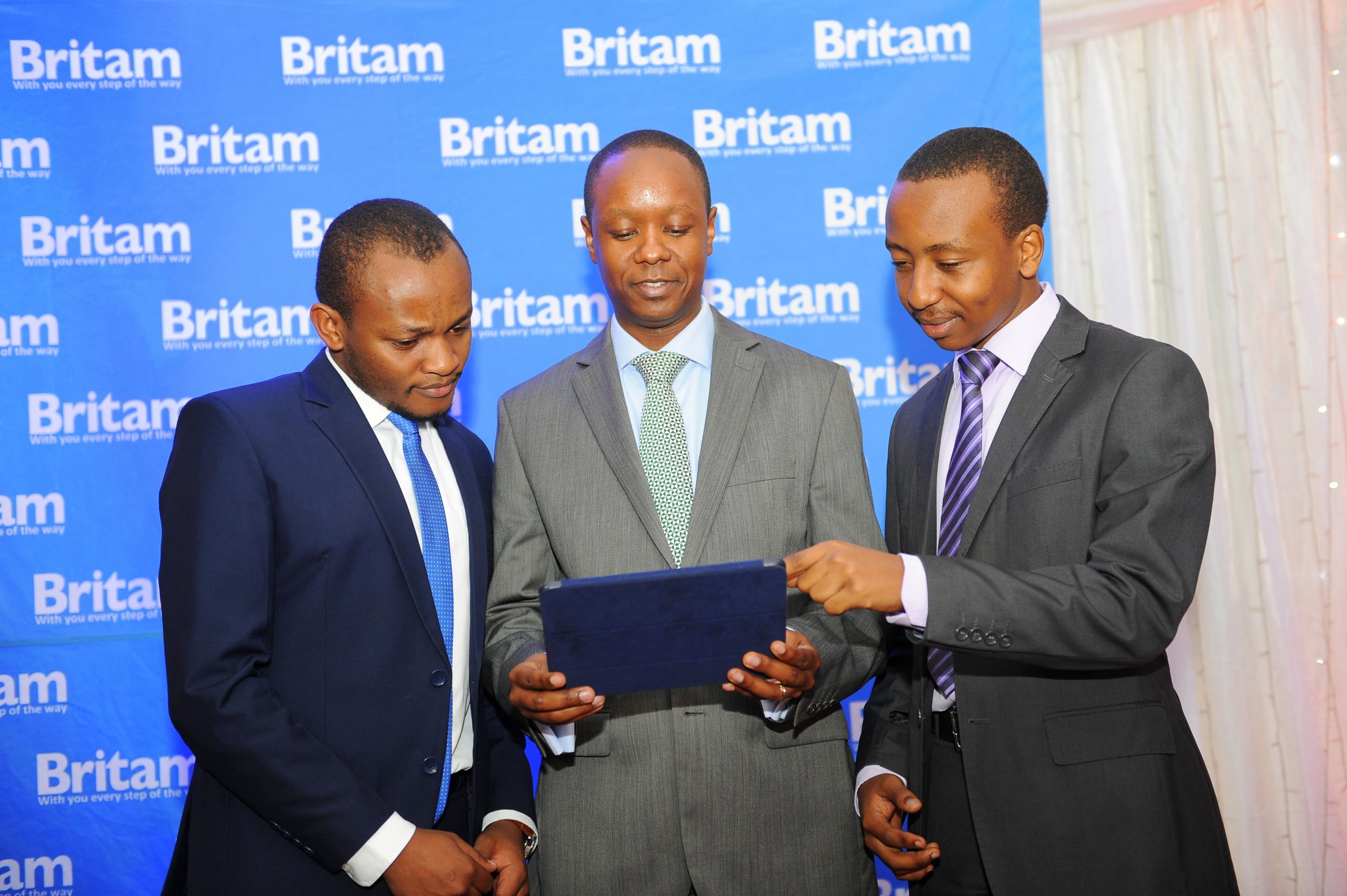East African nations must increase their investment in infrastructure development to reduce the cost of doing business and enhance productivity in Kenya and East Africa, according to a report issued by Britam Asset Managers.
Despite having some of the fastest growing economies in the world, East African economies, remain among the least competitive globally, mainly due to poor infrastructure.
To plug this infrastructure gap, it is estimated that East Africa needs over Kshs 10.4 trillion in funding (US$ 100 billion) over the next four years, Kenneth Kaniu, Chief Executive Officer Britam Asset Managers revealed at their quarterly briefing at a Nairobi hotel.
Traditionally East Africa has had to rely on a mix of foreign aid and commercial borrowing domestically, abroad and from bilateral partners to fund their projects with China recently becoming a financer of key energy and transport projects.
But, Kaniu pointed out, it is imperative for the regional states to diversify financing sources and give a larger role to the private sector through Private-Public Partnerships (PPP), Foreign Direct Investment (FDI) flows and more local private financing. Currently, EAC has 58 active PPP projects worth Kshs 761 billion (US$ 7.32 billion).
Already, there is an East African Master Plan to connect six cities and build three oil pipelines at a total cost of Kshs 3.9 trillion (US$ 38 billion).
Kenya, Tanzania, Uganda, Rwanda, South Sudan and Ethiopia are part of the transport master plan to connect the cities of Mombasa, Nairobi, Kigali, Kampala and Juba by 2018 at a cost in excess of (US$ 30billion).
In addition, three oil pipelines will be constructed between Kenya, South Sudan, Ethiopia, Uganda and Tanzania at an estimated cost of Kshs 832 billion (US$ 8 billion).
Kaniu said the investments in railway and energy were a priority, given that the sectors have the greatest multiplier effect on the East Africa Community economies.
“Railway transport is the second most important mode of transport after road and is critical for long distance freight along the main transport corridors. Moreover, East Africa needs to increase electricity generation from cheap renewable sources of energy in order to support light manufacturing,” Kaniu said.
The report states that poor infrastructure in Sub-Sahara Africa hinders national economic growth by 2 percentage points every year and reduces productivity by as much as 40 percent.
Britam believes that the East African region should leverage on the almost 80 billion US Dollars available in the financial sector (banks, insurance companies and pension funds) to finance some of the infrastructure projects in the region. It is only by doing so that the region will be able to deliver economic growth that is not only fast, but resilient, sustainable and inclusive, in line with the Vision 2050 targets for the EAC.
BRITAM




